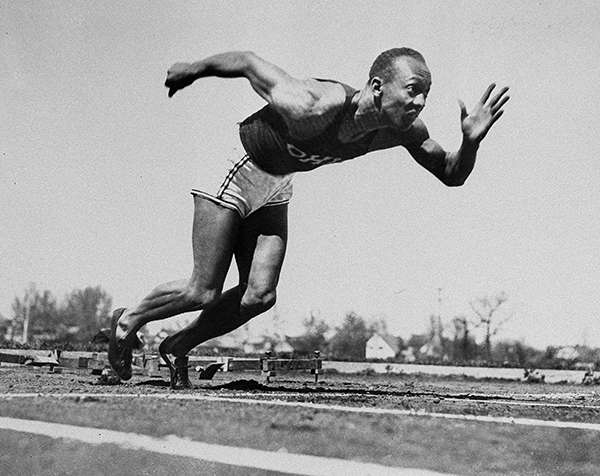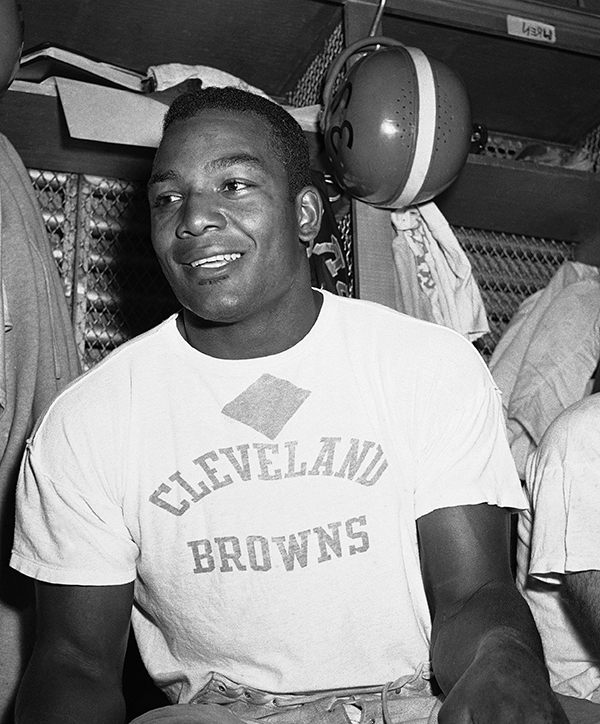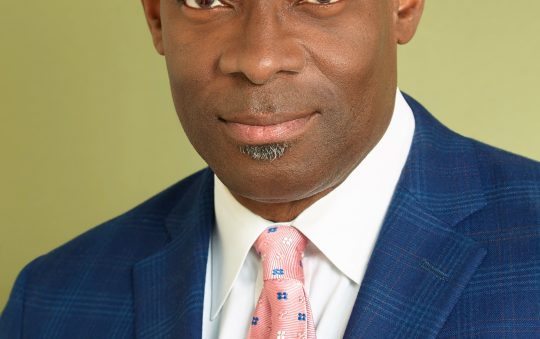
Kareem Abdul-Jabbar
Whilst averaging 26 points and 16 rebounds for the UCLA Bruins, Kareem Abdul-Jabbar was protesting the 1968 Mexico City Olympics. He attended the Western Black Youth Conference and refused to tryout for the Mexico Games due to the poor racial climate that the U.S. was enduring. He was influenced by the teachings of Malcolm X and converted to Islam, changing his given birth name, Lewis Alcindor. Abdul-Jabbar continues to speak out against social injustices through opinion pieces in publications such as Time Magazine.

Colin Kaepernick
Devastated by recent police-involved shootings saturating national headlines, former San Francisco 49ers quarterback Colin Kaepernick decided to kneel during the play of the National Anthem. The move was to show disagreement with police brutality and racial disparities plaguing the justice system. Kaepernick also pledged to donate $1 million to organizations that serve marginalized communities. His act sparked controversy among fans, players and front office workers in the NFL. Political figures noted how his kneeling protest disrespected the military, even after Kaepernick (and veterans in solidarity with Kaepernick as well) explained otherwise. Fans threatened to boycott the NFL if his protest continued. After the 2016 season, Kaepernick became a free agent; franchises, however, were slow in picking him up. As the 2017 season started, many Black NFL fans boycotted the NFL until Kaepernick got signed to a team.

Mexico City Olympics Demonstration
The decision to participate in the Vietnam War caused controversy in the U.S. and athletes wanted to express their disdain. Team USA Track and Field runners Tommie Smith and John Carlos created one of the most iconic moments in sports history after winning the gold and bronze medal during the 1968 summer Olympics. Before receiving their medals, both sprinters took their shoes off and mounted the podium wearing black gloves and raising a fist during the national anthem. Their demonstration was to expose poverty and racial violence in the United States as well as a poignant protest to the Vietnam War. Their action was met with boos and the two sprinters were ordered to leave the stadium.

Jesse Owens
Sprinter Jesse Owens was one of the 18 African American Athletes to compete in the 1936 Berlin Olympics. Adolf Hitler put forth a prediction that only Aryan athletes would earn medals and lambasted America for sending Black athletes to compete. Owens would disprove Hitler’s claims, earning gold in the 100m, 200m, 4x100m, and the long jump along with breaking two Olympic records. Owens became the first American to win four gold medals in one Olympic event. Upon returning home however, Owens faced bouts of racism. President Franklin D. Roosevelt did not invite Owens to the White House, which is generally customary for gold medal Olympic athletes. Bus drivers would still demand him to sit in the back of the bus. Despite the racial discrimination, Owens earned the Presidential medal of Freedom in 1976, bestowed unto him by President Gerald Ford.

Jim Brown
Brown was a star running back at Syracuse University with 197 yards and six touchdowns during his tenure. In 1957, Brown was selected sixth overall by the Cleveland Browns. The running back helped create the Negro Industrial Economic Union in the 1960s, helping black-owned businesses. He also created Amer-I-Can, a program that works to change the lives of youth who are affiliated with gangs. Brown was inducted to the Pro Football Hall of Fame in 1971.

Muhammad Ali
In 1960, Muhammad Ali earned a gold medal in boxing at the Olympics. After becoming a World Champion, Ali converted to Islam. He did not believe that integration would solve the racial problems that African Americans were facing. Speaking out against the Vietnam War and refusing to serve in the military after being drafted in 1967 caused oodles of controversy. Ali was arrested on felony charges and was found guilty for violating Selective Service Laws. As punishment, he had to serve jailtime. In 1971, the United States Supreme Court finally overturned the conviction.






